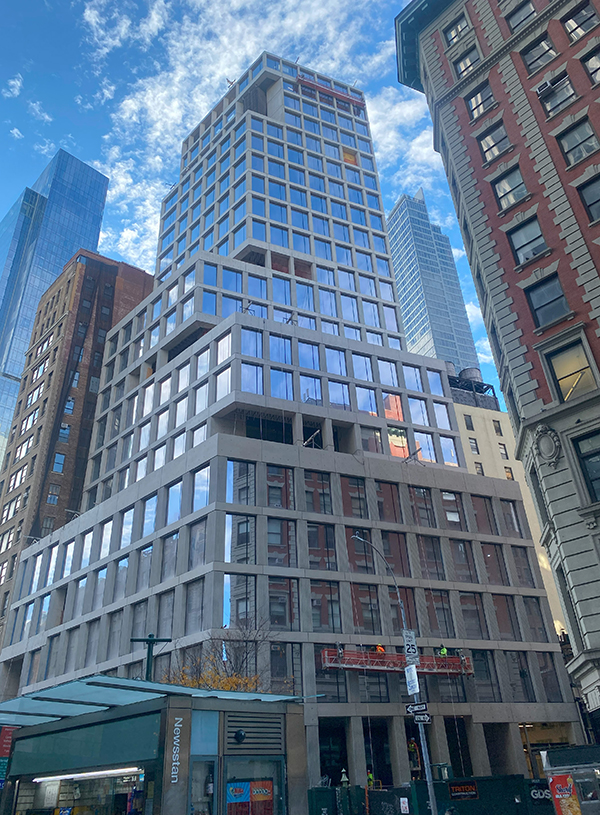Bringing Citizen Science to the Built Environment
Integrating people in the data collection and analysis of a building’s environmental impact can provide powerful data on fenestration and overall building performance

Photo credit: Carey Glass, courtesy of Technoform.
Designing and realizing high-performance building envelopes is imperative to addressing the climate crisis. The Intergovernmental Panel on Climate Change emphasizes the risk of inaction because of the potential for increasing greenhouse gas emissions due to higher use of energy and materials as we cope with climate change. It means that the stakes are high; with every day that goes by, each material and design choice that we make for our buildings will have a higher impact on the environment, either positive (if choosing high-performance) or negative (if choosing low-performance).
Managing maintenance and replacement of the building envelope will be crucial to ensure that the high-performance intended remains for the life of the building. As building policies often lack robust requirements for maintenance and replacement, “citizen science” is a method of crowd-sourcing information that could support increased transparency and proactive response to maintain fenestration, an important part of the building envelope.
Focused on fenestration
Fenestration plays a major role in determining building envelope performance because it can be the weakest thermal link in the building envelope. Energy demand can be reduced in buildings where high-performance fenestration is used. This is important in the context of decarbonization because systems that reduce energy demand also support the renewable energy transition. Without significant reductions in energy demand, even the best renewable energy grids are unlikely to have enough capacity to support the transition away from fossil fuels.
Inspired by citizen science
Buildings and the activity within them is clearly impacting the environment (accounting for over one-third of global greenhouse gas emissions), so what if we reverse that and let the environment impact buildings?
Citizen science is “the collection and analysis of data relating to the natural world by members of the general public” and has been typically used in the context of collecting environmental data. Applications like iNaturalist are used by the public to collect pictures and data about plant and animal life that researchers can analyze. This concept can be applied to buildings and specifically to fenestration maintenance.
Applications like Fulcrum can be used to collect qualitative data which can help assess how acute fenestration replacement is needed in a particular building1. Many devices exist for measuring various aspects of fenestration performance such as the amount of argon remaining in an insulating glass unit, and drones are being used to measure air leakage and thermal performance. Citizen science can enhance physical measurements with data gathered in real time by real people. Within a single building, this might look like designing occupant data collection into the building automation or tenant maintenance request systems to gather real-time feedback on thermal comfort and visual indicators like condensation. On a city-wide scale , citizen science can foster community engagement, and public databases could be made available to designers and policymakers in support of a better built environment.
Designed for long-term performance
Our ability to maintain fenestration performance long-term also impacts building energy use. According to the International Energy Agency, two-thirds of the building stock will still be here in 2040 and older buildings can require more than three times as much heat compared with those built to modern day building codes. Of note is New York City, where the building stock is quite old and the building energy code does not require replacement of fenestration unless additions or substantial alterations are being made.
While some hurdles exist—such as local building policies that often lack specific requirements for fenestration maintenance—the concept of "citizen science" may not only enhance the efficiency of building performance but also empowers communities to actively contribute to sustainability initiatives. Real-time feedback from tenants about fenestration could create databases of qualitative data, changing how we perceive and interact with buildings. After all, we design and build buildings for people.


